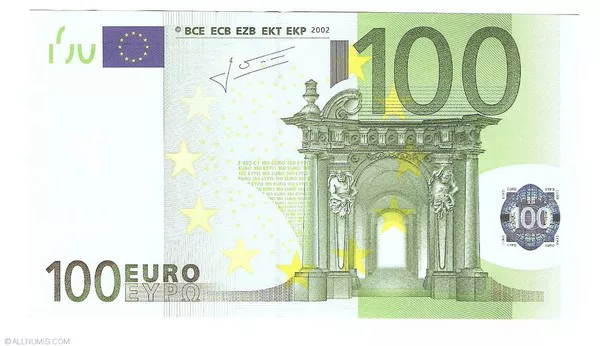Markets
Disappointing and weak EMU October PMI’s contrasted with slightly better (and 50+) readings in the US. European data already cement the case for a technical European recession in the second half of this year with the domestic services sector feeling more and more pain. On top, they were accompanied by the ECB’s lending survey pointing to weaker loan demand and tighter credit standards. The dismal PMI added fuel to the bond fire ignited by Monday’s Ackman tweet (hedge fund closing short US 30-yr bond trade in light of huge uncertainty and absolute yield levels).
However, the likes of the Bund eventually closed well off the intraday peak levels. Changes on the German yield curve ranged between 1.7 bps (30-yr) and 5.5 bps (5-yr) with the belly of the curve outperforming the wings. Those changes are almost completely result of gapping open lower, catching up with Monday’s WS moves though. Changes on the US yield curve varied between +6.4 bps and -6.1 bps. The front end underperformed after US PMI’s while the (very) long end rallied into the close together with stock markets. Main US indices “recovered” 0.5% to 1%.
This week’s action on the USD-market deserves some special attention. On Monday, the greenback got whacked by the US Treasury rally, with the trade weighted dollar falling from 106.20 to a new October low around 105.40. The mirror image in EUR/USD was a rise from 1.0580 to nearly 1.07. Yesterday it was back to square one though on the back of those diverging PMI’s with both DXY and EUR/USD completely retracing Monday’s steps.
To us, it suggests that the USD downside is well protected going into ECB (Thursday) and Fed (next Wednesday) policy meetings. We see a fair chance that the ECB meeting will produce a dovish skip, while the Fed will end up with a hawkish skip. Unless of course the ECB already introduces additional liquidity-draining measures but we expect those by December at the earliest (ending PEPP reinvestments).
Asian risk sentiment is bullish this morning with South Korea underperforming. China raised its fiscal deficit ratio to about 3.8% of GDP (from 3% target set in March), suggesting more room for fiscal stimulus. More sovereign debt will be issued to support disaster relief and construction. An unexpected central bank visit by president Xi Jinping is also considered as giving a head’s up to a growth supportive policy. Today’s eco calendar is uneventful, making room for more technical and sentiment-driven trading ahead of the ECB meeting.
News and views
The Hungarian central bank lowered the base rate from 13% to 12.25% yesterday. The 75 bps cut was bigger than expected but was justified by the fact that the real policy rate now moved into positive territory after a steep 4.2 ppt drop in September inflation to 12.2%. Core inflation still stands at 13.1% but the three-month annualized change, which is considered a better gauge in the current situation, fell to levels last seen before Covid-19 below 4%.
Annual inflation is expected to reach 7-8% by the end of the year, turning real rates more positive and therefore restrictive. Given the poor economic outlook, the MNB plans to further lower the base rate. If the MNB’s inflation expectations materialize and assuming it wants to retain a positive real rate, it could go ahead with the 75 bps pace or, in theory, press the gas even faster. In practice however, the Hungarian forint is critical input to setting the easing speed. The currency gave a cautious sign of approval with EUR/HUF finishing at 383.24 from 381.71. HUF swap yields dropped more than 20 bps at the front end of the curve.
Australian Q3 inflation topped expectations. Q/Q price pressures accelerated from 0.8% to 1.2%. Disinflation still continued in the yearly readings, dropping from 6% in Q2 to 5.4% (vs 5.3% anticipated). Two closely watched core gauges printed at 1.2 and 1.3% Q/Q with Y/Y figures both coming in at 5.2%.
“The most significant contributors to the rise in the September quarter were automotive fuel (+7.2%), rents (+2.2%), new dwellings purchased by owner occupiers (+1.3%) and electricity (+4.2%)”, the Australian Bureau of Statistics reported. The numbers come after fresh RBA governor Bullock warned that the central bank won’t hesitate to hike again if the inflation outlook would be raised markedly. Money markets attach a 60% probability to another rate increase (to 4.35%) at the Nov 7 meeting.




























